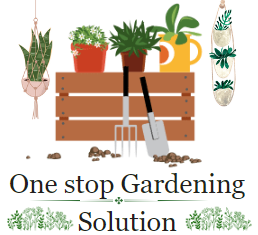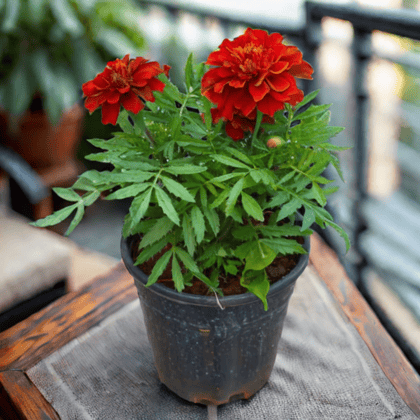
- Plants
- Plants
- Home Decor Plants
- Home Decor Plants
- Pots
- Pots
- Soil & Add ons
- Soil & Add ons
- Seeds
- Seeds
- Tools
- Tools
- Decor
- Decor
- Gifting
- Gifting
- Bulk Gifting
- Bulk Gifting
- Gardening Kits
- Gardening Kits
- Outdoor Garden
- Outdoor Garden
- Others
- Others
- Sale
- Sale
- Best Selling Plants
- Best Selling Plants
Urvann
Urvann is your one-stop online nursery for plants, planters, gardening accessories, and tools. Order fresh plants and get free home delivery on the next day!
EN676fd535f0b448002baf0d91 Daisy (Any Colour) in 4 Inch Nursery Bag https://www.urvann.com/s/6176774ef575bbd2b3331c8a/67794ef51209e20024a68550/1percent20-14-.jpg
Bellis perennis or the daisy, is a European species of the family Asteraceae. Bellis perennis is a perennial herbaceous plant. It has short creeping rhizomes and rosettes of small rounded or spoon-shaped leaves that grow flat to the ground.
It blooms from March to September and exhibits the phenomenon of heliotropism, in which the flowers follow the sun's position in the sky.
Benefits of Daisy Plant
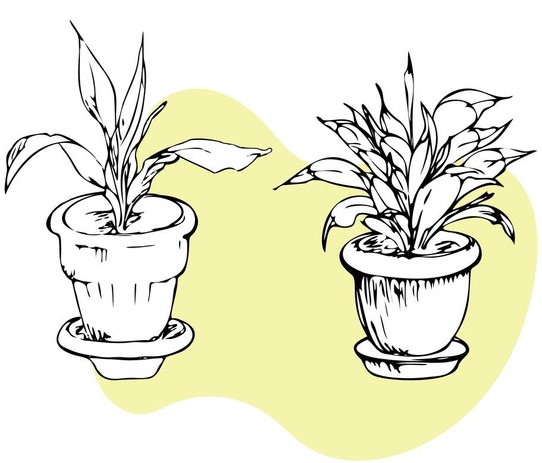 Ornamental Beauty :
Ornamental Beauty :
The Daisy flowering plants add aesthetic value to gardens, landscapes, and floral arrangements with their delightful white petals and yellow centers.
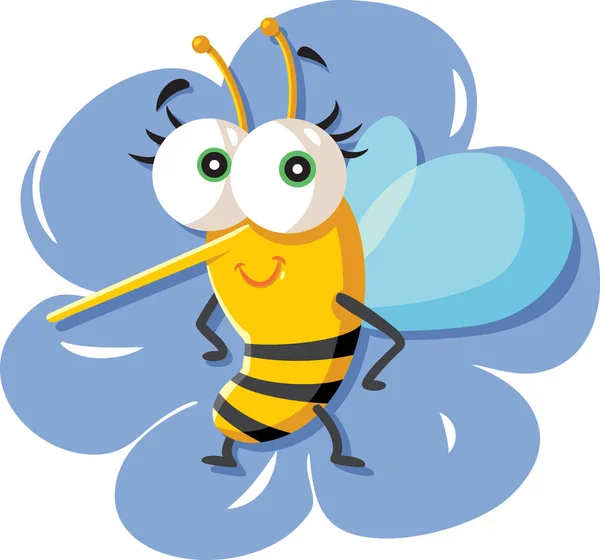 Attract Pollinators :
Attract Pollinators :
The blooms of the Daisy plant attract many pollinating insects such as butterflies, bees, and more. Pollination is essential to promote biodiversity and maintain the health of your garden.
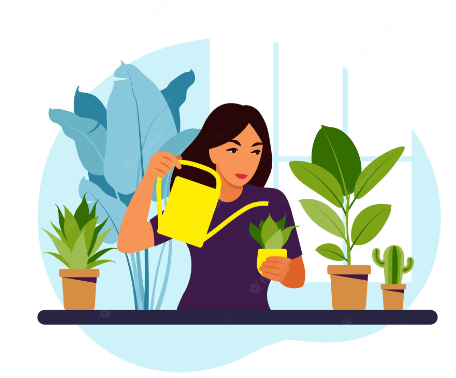 Low Maintenance :
Low Maintenance :
The flowers are very easy to care for and thrive well with a slight nip in the air. However, the plant requires thorough watering and frequent pruning sometimes to help in its healthy growth.
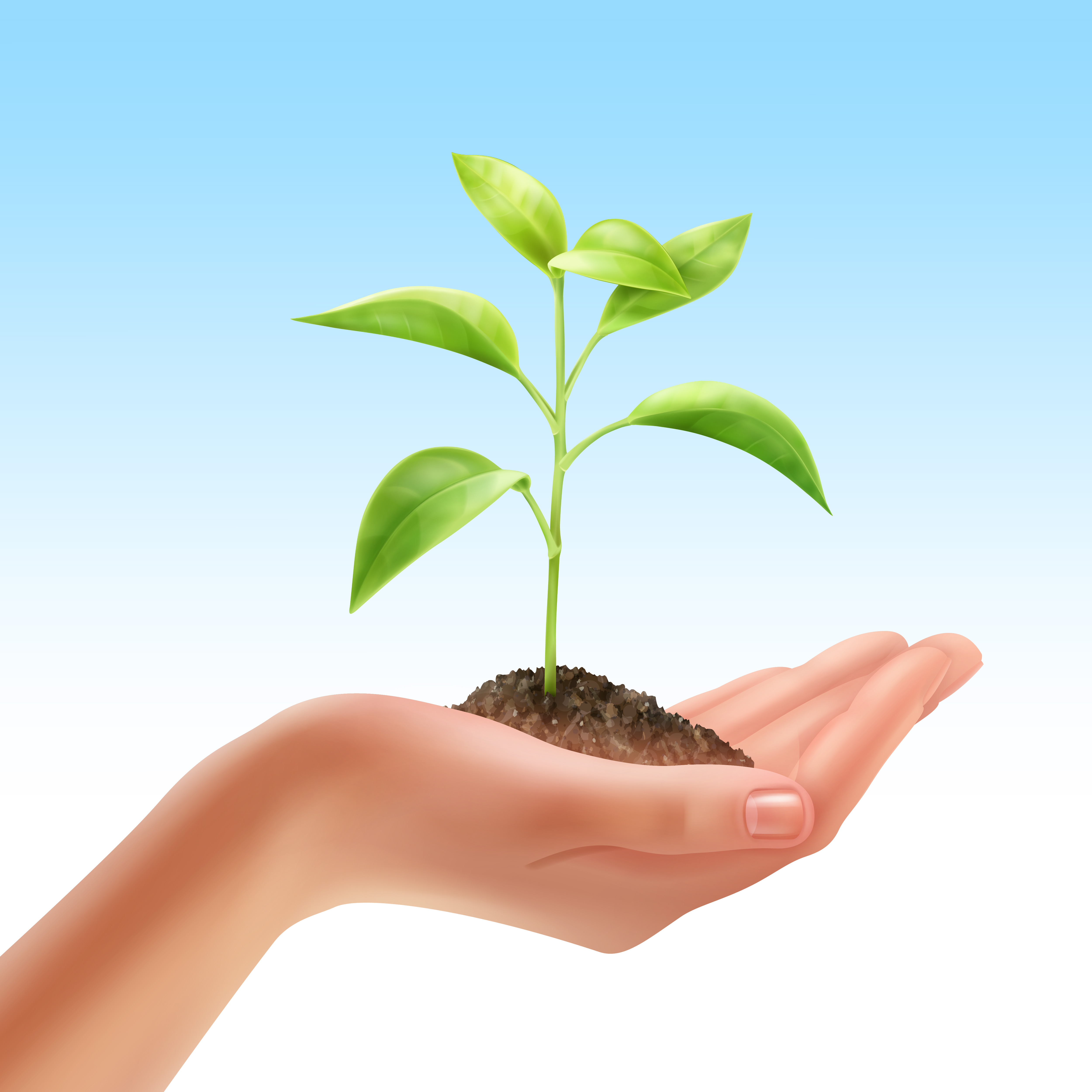 Soil-Erosion Control :
Soil-Erosion Control :
Daisy plants are known to prevent soil erosion with their intricate root systems that hold the soil in place.
Care Tips for Daisy Plant
 Watering :
Watering :
The soil for the Daisy plant must be kept moist, especially during the growing season. Water plants consistently, but avoid water-logging.
 Light :
Light :
The Daisy plant loves bright sunlight for at least 6-7 hours a day.
 Placement :
Placement :
Daisy is an outdoor plant. It should be kept in an area receiving bright sunlight.
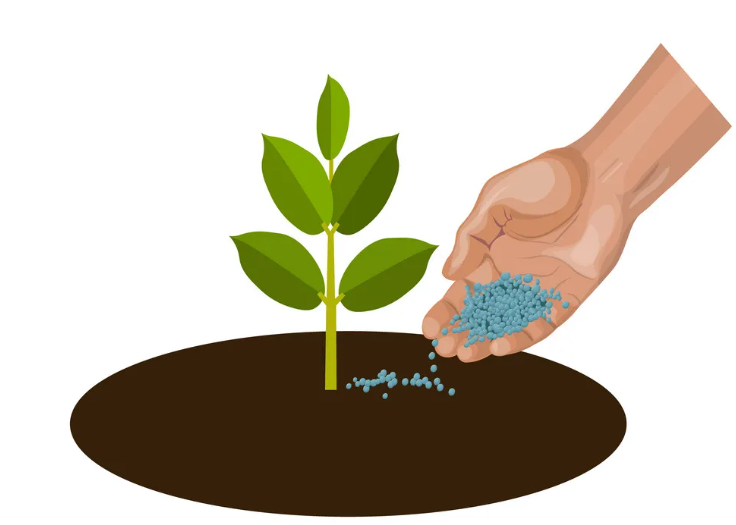 Fertilization :
Fertilization :
To Fertilize - Add nitrogen and phosphorus to the Daisy Plant to maintain good plant growth. You can also add dry banana peels as they are a rich source of nitrogen. You can also use Vermicompost every 2 weeks.
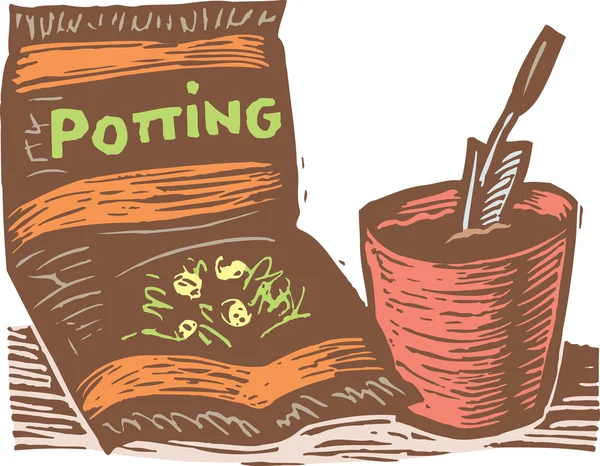 Ideal Soil Mix :
Ideal Soil Mix :
Daisy plants prefer acidic soil. Use cow dung as part of your soil mix as it will make the soil acidic. The ideal soil mix for this plant should be, Garden Soil (35%) + Cocopeat (30%) + Vermicompost (30%) + Neem Khali (5%) .
 Pruning :
Pruning :
Keep pruning the Daisy plant to encourage flower growth and give it more spread.
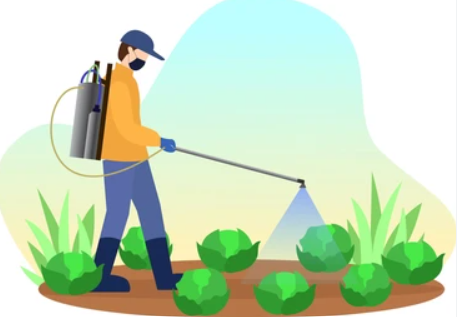 Pest Control :
Pest Control :
Aphids, whiteflies, thrips, and spider mites are a big problem for the Daisy plant. Keep spraying the plant with neem spray every 2 weeks to help with pest control or you can use insecticides as well.
Frequently Asked Questions about Daisy Plant
1. What is the meaning of Daisy?
The Daisy flower symbolizes joy, cheerfulness, new beginnings, or purity.
2. Can I grow Daisy indoors?
No, Daisy cannot be grown indoors as it needs lots of sunlight and a well-ventilated environment
3. What is the Daisy flower famous for?
The Daisy flower has been called an international emblem of innocence and purity.
4. Where can I buy Daisy plants?
Head over to Urvann, India’s favorite online nursery, and browse from their extensive collection of plants.
5. Can I grow Daisy in cold climates?
Daisy is an annual plant that thrives in the cold season.
.
SGJAGJAA0N0301in stockINR 49
27 5
Email ID already exists!
Your Current password is incorrect
Password Updated Successfully
Thanks for your Feedback
- Home
- Plants by Location
- Plants for Bright Light Balconies
- Daisy (Any Colour) in 4 Inch Nursery Bag
Description of product
Bellis perennis or the daisy, is a European species of the family Asteraceae. Bellis perennis is a perennial herbaceous plant. It has short creeping rhizomes and rosettes of small rounded or spoon-shaped leaves that grow flat to the ground.
It blooms from March to September and exhibits the phenomenon of heliotropism, in which the flowers follow the sun's position in the sky.
Benefits of Daisy Plant
 Ornamental Beauty :
Ornamental Beauty :
The Daisy flowering plants add aesthetic value to gardens, landscapes, and floral arrangements with their delightful white petals and yellow centers.
 Attract Pollinators :
Attract Pollinators :
The blooms of the Daisy plant attract many pollinating insects such as butterflies, bees, and more. Pollination is essential to promote biodiversity and maintain the health of your garden.
 Low Maintenance :
Low Maintenance :
The flowers are very easy to care for and thrive well with a slight nip in the air. However, the plant requires thorough watering and frequent pruning sometimes to help in its healthy growth.
 Soil-Erosion Control :
Soil-Erosion Control :
Daisy plants are known to prevent soil erosion with their intricate root systems that hold the soil in place.
Care Tips for Daisy Plant
 Watering :
Watering :
The soil for the Daisy plant must be kept moist, especially during the growing season. Water plants consistently, but avoid water-logging.
 Light :
Light :
The Daisy plant loves bright sunlight for at least 6-7 hours a day.
 Placement :
Placement :
Daisy is an outdoor plant. It should be kept in an area receiving bright sunlight.
 Fertilization :
Fertilization :
To Fertilize - Add nitrogen and phosphorus to the Daisy Plant to maintain good plant growth. You can also add dry banana peels as they are a rich source of nitrogen. You can also use Vermicompost every 2 weeks.
 Ideal Soil Mix :
Ideal Soil Mix :
Daisy plants prefer acidic soil. Use cow dung as part of your soil mix as it will make the soil acidic. The ideal soil mix for this plant should be, Garden Soil (35%) + Cocopeat (30%) + Vermicompost (30%) + Neem Khali (5%) .
 Pruning :
Pruning :
Keep pruning the Daisy plant to encourage flower growth and give it more spread.
 Pest Control :
Pest Control :
Aphids, whiteflies, thrips, and spider mites are a big problem for the Daisy plant. Keep spraying the plant with neem spray every 2 weeks to help with pest control or you can use insecticides as well.
Frequently Asked Questions about Daisy Plant
1. What is the meaning of Daisy?
The Daisy flower symbolizes joy, cheerfulness, new beginnings, or purity.
2. Can I grow Daisy indoors?
No, Daisy cannot be grown indoors as it needs lots of sunlight and a well-ventilated environment
3. What is the Daisy flower famous for?
The Daisy flower has been called an international emblem of innocence and purity.
4. Where can I buy Daisy plants?
Head over to Urvann, India’s favorite online nursery, and browse from their extensive collection of plants.
5. Can I grow Daisy in cold climates?
Daisy is an annual plant that thrives in the cold season.
.
Related products
User reviews
27 Reviews
I loved all the products.Jan 10, 2025 8:49:20 AM
I loved all the products.Jan 10, 2025 8:49:12 AM
I loved all the products.Jan 7, 2025 10:34:36 AM
I loved all the products.Jan 7, 2025 10:09:47 AM
I loved all the products.Jan 7, 2025 9:59:55 AM
I loved all the products.Jan 7, 2025 9:57:49 AM
I loved all the products.Jan 7, 2025 9:55:39 AM
I loved all the products.Jan 7, 2025 9:53:58 AM
I loved all the products.Jan 7, 2025 9:51:17 AM
I loved all the products.Jan 7, 2025 9:49:12 AM
Urvann is your one-stop online nursery for plants, planters, gardening accessories, and tools. Order fresh plants and get free home delivery on the next day!
Information
Major Categories
Gifting
Offers under 99
Offers Under 199
Plants
- Indoor Plants
- Low Maintenance Plants
- Flowering Plants
- Outdoor Foliage Plants
- Religious & Sacred Plants
- Air Purifying Plants
- Cactus & Succulents
- Good Luck Plants
- Plants by Location
- Plants of the Month
- Herbs-Medicinal & Vegetable Plants
- Fruit Plants
- Monsoon Plants
- Hanging Plants
- Potted Plants
- Bonsai Plants
- Special Plant Combos
- Bamboo Plant
- Pet Friendly Plants
- Plants to grow in Water
- Mosquito Repellent Plants
- Climbers & Creepers
Gardening Tools & Equipments
Soil & Fertilizers
Membership & Gift Cards
ADDRESS
Urvann India Private Limited
E-176
Delhi
Delhi 110060
IN
NEWSLETTER
Subscribe to get Email Updates!
Thanks for subscribe.
Your response has been recorded.
India's Number 1 Choice for Plants | Urvann India Private Limited


